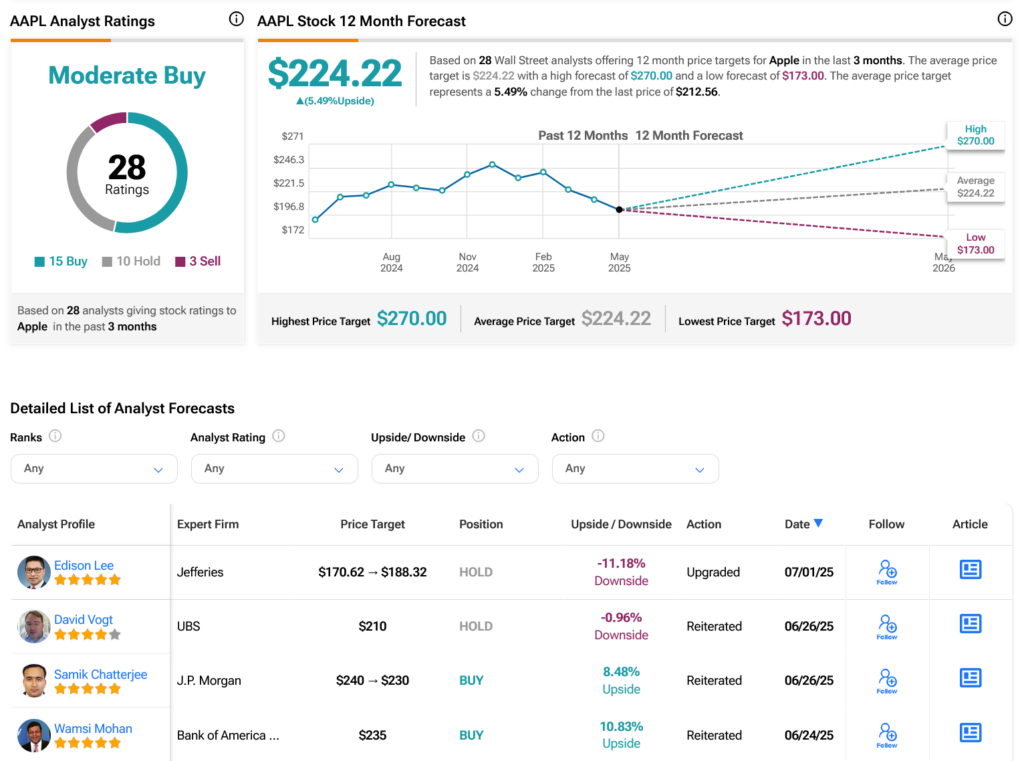Apple Music at 10, India's 5G trajectory, Canva's AI tools, and Adobe's camera - Hindustan Times
Time has indeed flown by. Apple Music has completed 10 years, and I wouldn’t have realised if Apple hadn’t told us. They’re taking this moment to announce a new creative ecosystem built for artists”, that includes a 15,000-square foot studio space in Los Angeles with 4,000-square-foot soundstage for live performances or multi-cam shoots, and a dedicated Spatial Audio mixing room outfitted with a 9.2.4 PMC speaker system. I’d like to focus more on our journey of music consumption, one would assume the final chapter having been written by streaming as it is, and why Apple Music plays a pivotal role for the tech giant as a revenue driver. Though Apple doesn’t release subscriber numbers for this service specifically, research firms estimate that Apple Music has around 110 million subscribers by 2025. All of these, mind you, would be paying subscribers — Apple Music does not have a free tier. Spotify still leads though, with an estimated 237 million premium users.

It can be argued that Spotify has had as big a bearing on shaping music streaming, as perhaps Apple Music. There is some weight to that argument. But what’s undeniable is Apple’s role in the shift from physical albums and CDs to digital music — the often much-criticised iTunes Store, set the tone for Apple Music when it arrived in 2015. The way we listened to music found its shift back in 2001, though little many of us may have realised at that moment in time. All of a sudden, instead of having to buy every single album in physical format, downloading from dodgy websites and “burning a CD” or having to pay a sticker price to own it in digital format, a single subscription opening up a buffet of tunes was in vogue. Music streaming is convenient. If you play your cards right, music streaming can be affordable too.
I remember Eddy Cue, then Apple’s senior vice president of Internet Software and Services saying, “All the ways people love enjoying music come together in one app — a revolutionary streaming service, live worldwide radio and an exciting way for fans to connect with artists.” Think about it — the core tenets for Apple Music haven't changed till date. Whilst many rival streaming apps have pivoted ever so slightly in either direction and with new experiments, Apple hasn’t really changed the basics. An Apple Music user in 2015, wouldn’t have much trouble navigating the platform, in 2025. That is longevity, at its best.
True as it is, addition of Lossless audio formats (including upgrading most of the existing library too) helped Apple Music keep pace with the time. Albeit, also find more appeal with a user base that’s perhaps more discerning, whilst unlocking close to true potential of those high quality speakers or headphones you splurged a lot of money on. Spotify still hasn’t played that card, perplexingly so — and that’s one reason I don’t pay for that subscription. Things that the next generation takes for granted (tailored suggestions, lyrics, the gorgeous album art), were exactly a given back in the day. Some of you may remember that era.
Last week in Wired Wisdom: Decoding the very best tech of 2025, thus far
There is no stopping this momentum, and neither is there a reason for it. At the end of 2025, India’s active 5G subscriptions were 290 million strong. It translates to about 24% of the total mobile subscriber base, at that point. The latest mobility report by Ericsson, folks who have a big stake in India’s telecom journey, estimates that 5G subscriptions in India are expected to reach 980 million by 2030. At that time, they’d have a 75% share of total mobile subscriptions. There’s more data to go with, beyond just subscriptions. The latest Ericsson Mobility Report estimates that India is the global leader with mobile data usage, clocking in with an average of 32 GB per month per smartphone — and that’s projected to reach 62 GB by 2030. The reason is, as they point out, 5G mid-band now covers 95% of the population. Mobile network data traffic has already increased 19 percent in Q1 2025, compared with the same period in 2024. It is interesting that even though new subscriber additions have slowed, telecom service providers must shift focus to significant increase in data traffic.

Through the last year and a bit more, we have charted creative platform Canva’s smart pivot to focused AI underlining their suite that still stands as a one-of-its-kind software. There has been a long-term partnership with OpenAI, the focus on in-house models, a thickening AI layer for the Magic Suite, the Leonardo acquisition to bring the Phoenix model into its fold, some pivotal moments. Canva’s co-founder Cliff Obrecht told us earlier this year, ahead of the annual Create keynote, that coding is next.
This past week, we can add another to that list. Actually, two. Canva became the first to launch its deep research connector with ChatGPT for end-to-end design and content workflows, and the Canva Model Context Protocol (MCP) Server that brings creative tools and content directly into AI agents from OpenAI and others. It shapes up at a time when the competitive landscape doesn’t just include creative and workspace tools from the likes of Adobe, Google and Microsoft; but an increasing number of generative AI tools that rightly stake claim to creative prowess themselves. The Ghibli style smarts of the OpenAI’s ChatGPT is an example with image generation, while Google’s Gemini 2.5 stakes claim as the most proficient coding model. What does this mean?

There are third-party camera apps for the iPhone (and many good ones around for Android too), and then there’s this. The Adobe Indigo camera app is made by the folks who ensured the Google Pixel smartphone cameras set the benchmark over the years. Those credentials cannot be taken lightly. I have to admit, having used Adobe Indigo extensively during recent travels, the app is far from perfect. But that’s on the packaging bit. As a camera, it makes a world of difference in many shooting scenarios, compared with the iPhone’s default camera app.
Adobe Indigo heats up the iPhone if you’re in a sequence of shooting anything more than two photos at a time (even in the indoors, with almost-freezing air conditioning; it doesn’t get much colder than taking photos of penguins in a curated environment), and that means you’ll find battery drain is quicker than usual. And you’d also be worried about the overall well-being of the phone. Adobe notes the thermals aspect in the release log for an update that was rolled out a few days ago. Perhaps they’ll fix it in subsequent versions.
Nevertheless, back to the one thing that Project Indigo. This isn’t a typical third-party camera app with some additional controls, a few filters and an excuse to put a subscription to unlock some of those (absolutely dislike that approach; have stuck with the default iPhone camera app for years now). Adobe’s approach makes this free (at least for now) and their focus is on reworking the computational photography side of things. How’s it any different?
First, we under-expose more strongly than most cameras. Second, we capture, align, and combine more frames when producing each photo - up to 32 frames as in the example above. This means that our photos have fewer blown-out highlights and less noise in the shadows. Taking a photo with our app may require slightly more patience after pressing the shutter button than you're used to, but after a few seconds you'll be rewarded with a better picture.
Comparative results tell me the approach is working. For indoor, outdoor and different lighting scenarios. The key is, Project Indigo works with the under-exposed foundation and adds layers of frames for detailing. This is great for a lot of subjects, without compromising the subject itself or the other parts of the photo. With its methodology that requires some patience while shooting a photo (hold the camera still for a couple of seconds longer), this doesn’t exactly capture moving subjects very well. At least, for now.










